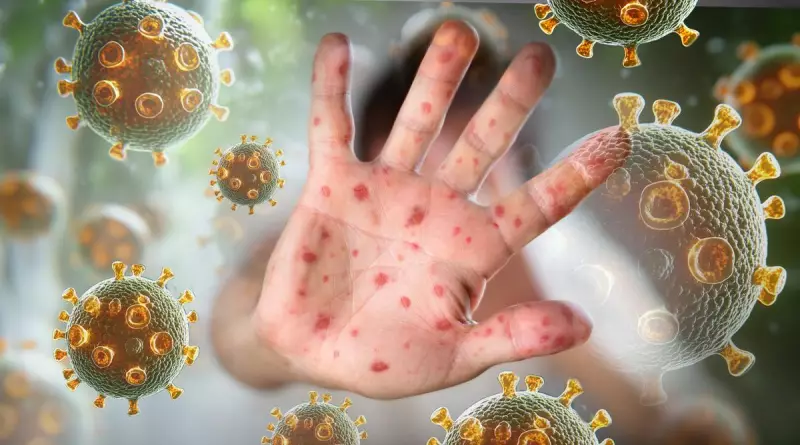
Australian health authorities are maintaining heightened vigilance against measles transmission as the country watches Canada lose its hard-won measles elimination status. The concerning development overseas serves as a stark warning for Australia to strengthen its own defences against the highly contagious viral disease.
Canada's Setback: A Warning for Australia
The Public Health Agency of Canada confirmed the country no longer meets the criteria for measles elimination after the detection of sustained community transmission. This marks a significant setback in global public health efforts and puts Australian experts on alert.
Professor Robert Booy, an infectious diseases expert from the University of Sydney, emphasised the importance of maintaining high vaccination coverage. "The situation in Canada shows how quickly measles can re-establish itself when vaccination rates drop," Professor Booy stated. "We must ensure our immunisation rates remain above 95% to maintain herd immunity."
Current Measles Situation in Australia
Australia has maintained its measles elimination status since 2014, but recent cases have concerned health authorities. So far this year, Australia has recorded 22 confirmed measles cases, with several states affected including New South Wales, Victoria, and Western Australia.
All Australian cases have been linked to international travel, primarily from Southeast Asia and the Middle East. The concern among health professionals is that declining vaccination rates in some communities could lead to local outbreaks similar to what Canada is experiencing.
Dr. Paul Armstrong, Western Australia's acting chief health officer, confirmed the state has recorded seven measles cases this year. "Each case has been managed promptly to prevent further spread," Dr. Armstrong said. "But we cannot be complacent."
Vaccination Rates and Protection Measures
The measles, mumps, and rubella (MMR) vaccine remains the most effective protection against the disease. Australian children typically receive their first MMR vaccine dose at 12 months and a second dose at 18 months.
However, vaccination coverage has dipped slightly in recent years. National data shows 94.3% of five-year-olds were fully vaccinated against measles in 2022-23, down from 95.2% the previous year. While this decrease seems small, it pushes coverage below the critical 95% threshold needed for herd immunity.
Health authorities urge Australians to check their vaccination status, particularly those planning overseas travel. Adults born during or since 1966 who haven't had two documented doses of measles-containing vaccine or haven't had confirmed measles infection should consider vaccination.
Measles symptoms typically begin 7 to 18 days after exposure and include fever, runny nose, cough, and sore eyes, followed by a distinctive red rash. The disease can lead to serious complications including pneumonia and encephalitis (brain inflammation).
Professor Booy stressed that measles is not a mild childhood illness. "Before vaccination, measles caused significant deaths and disabilities in children. We have the tools to prevent this through vaccination."
As international travel continues to rebound post-pandemic, the risk of imported measles cases increases. Australian health authorities are strengthening surveillance systems and reminding healthcare providers to remain alert for possible cases, especially in patients with fever and rash who have recently travelled overseas.
The situation in Canada serves as a powerful reminder that vaccine-preventable diseases can quickly re-emerge when immunisation rates decline. Australian health experts agree that maintaining high vaccination coverage and public awareness remains crucial to protecting the country's measles-free status.





